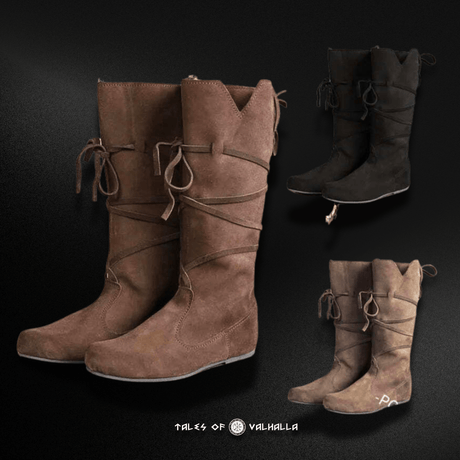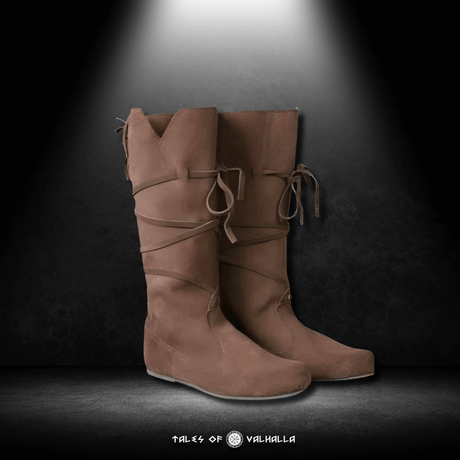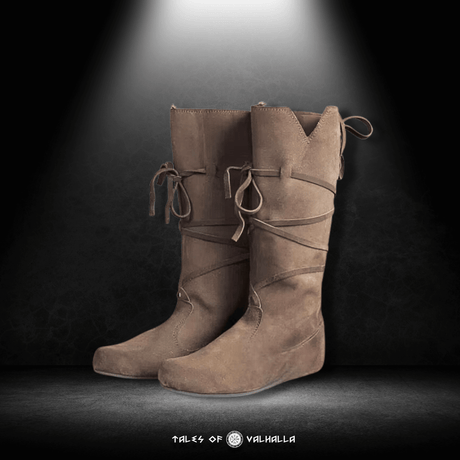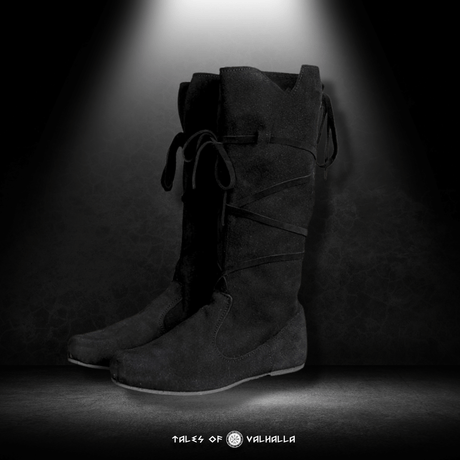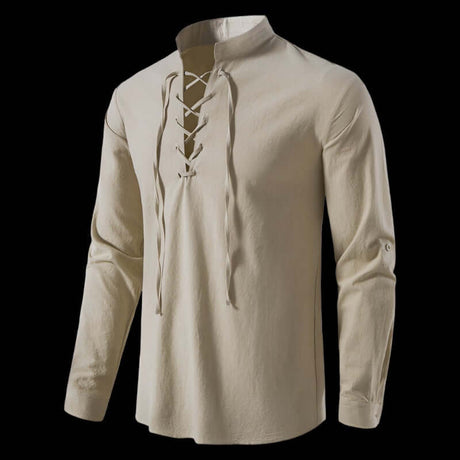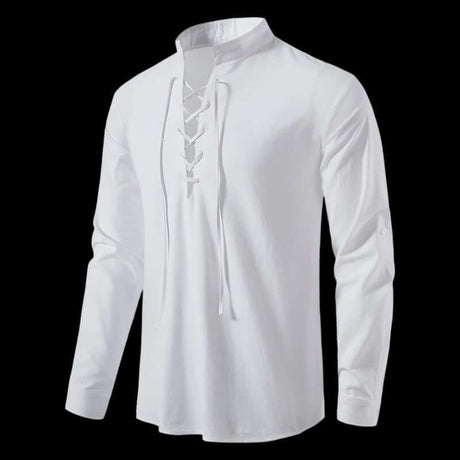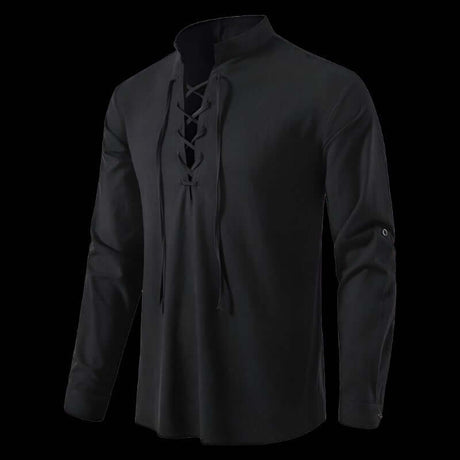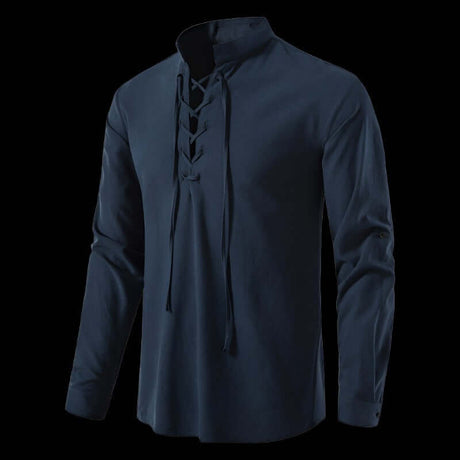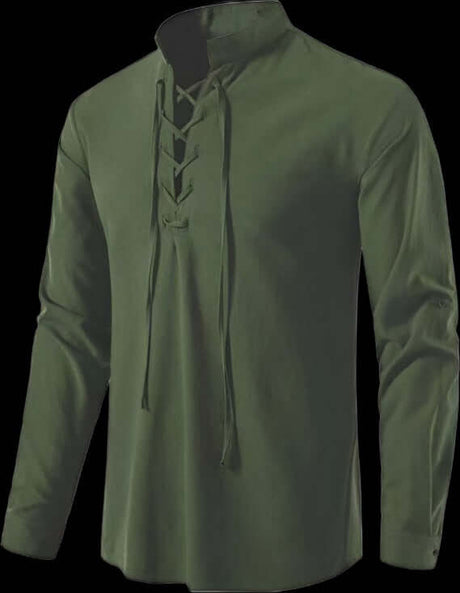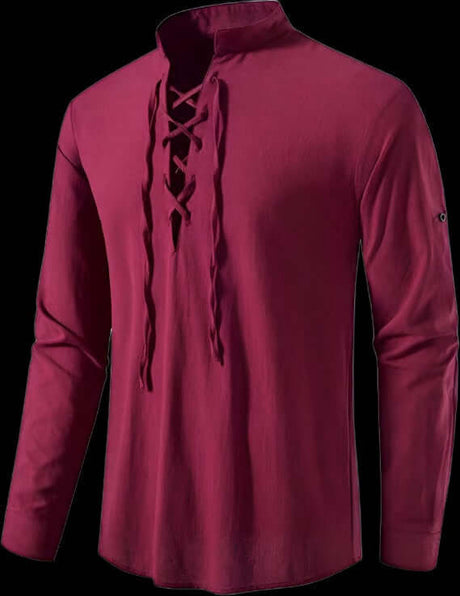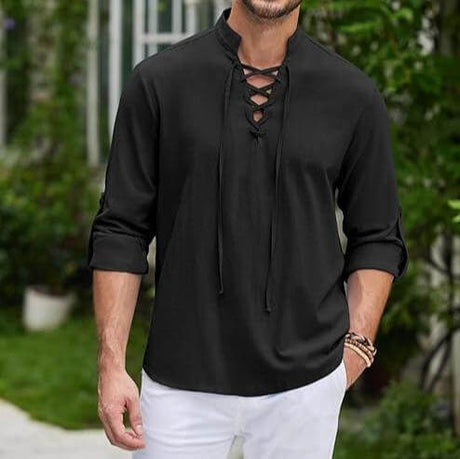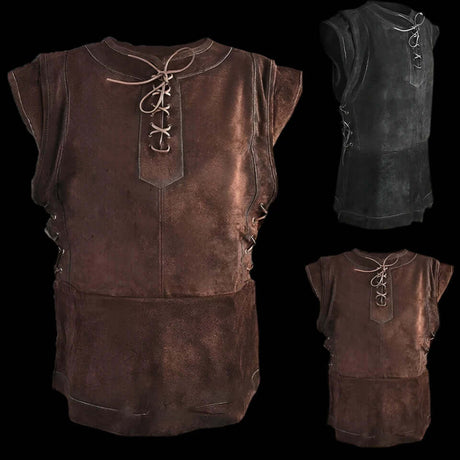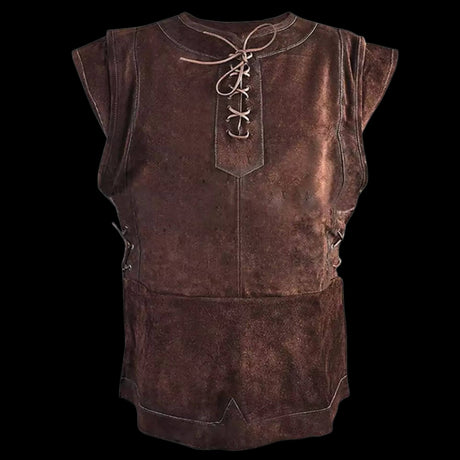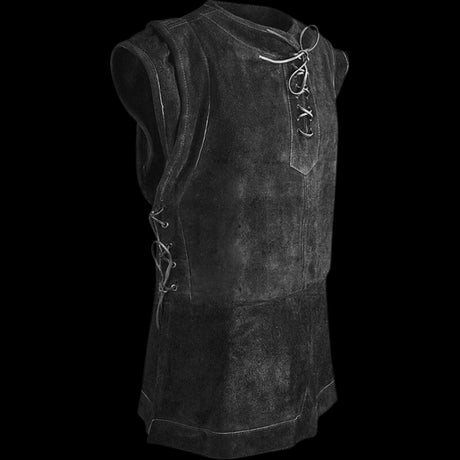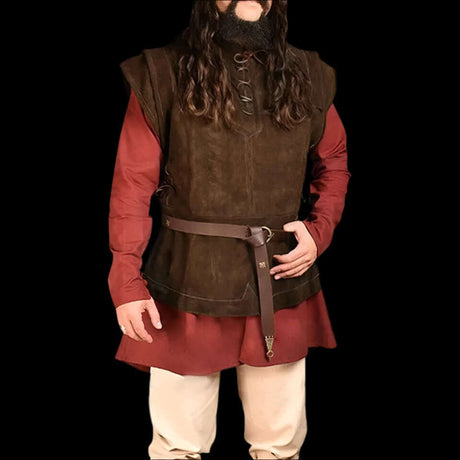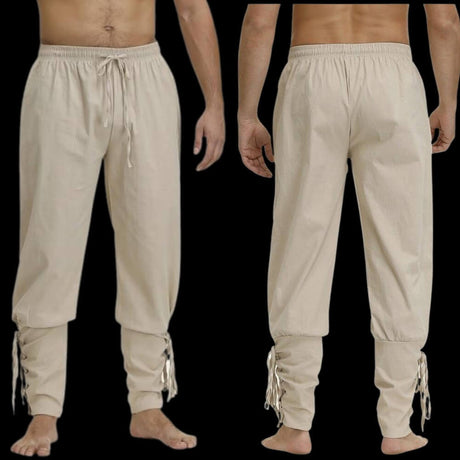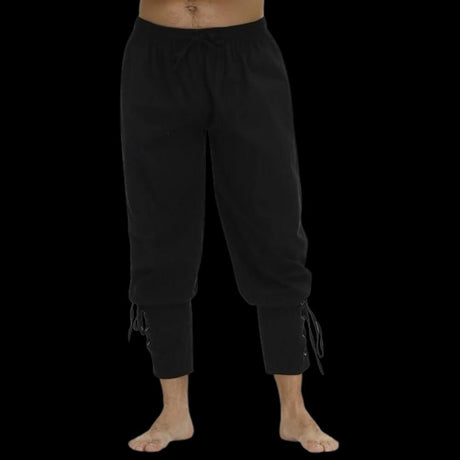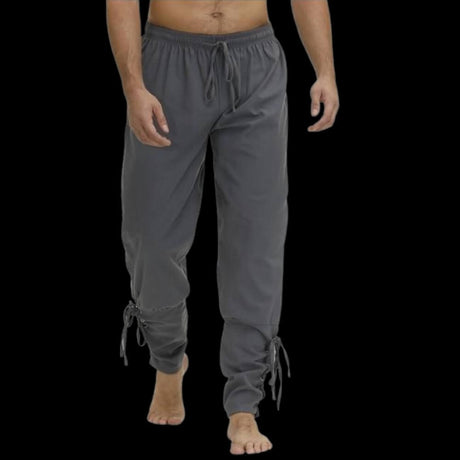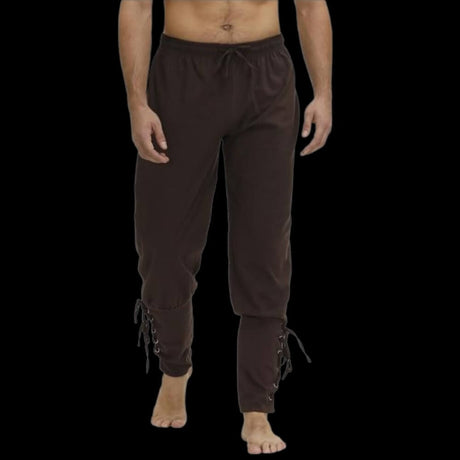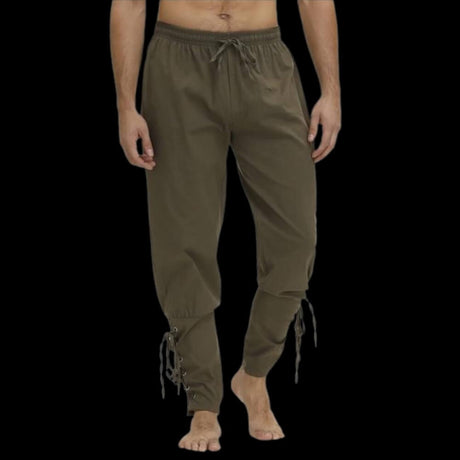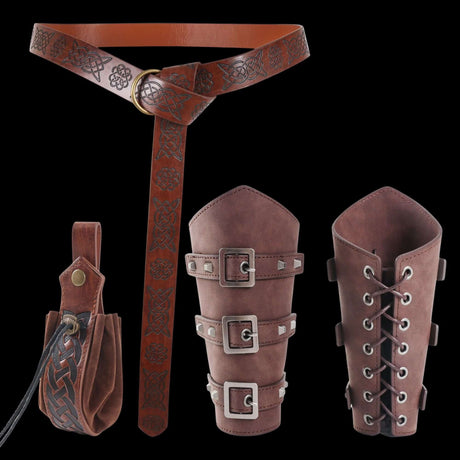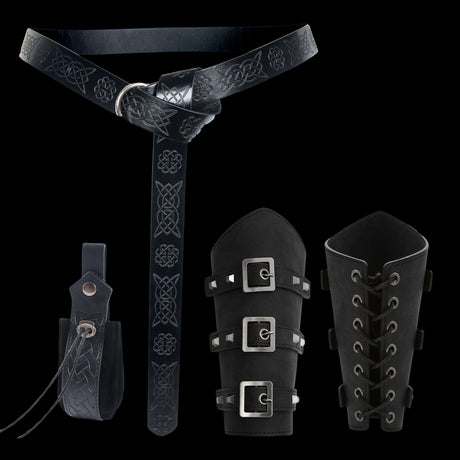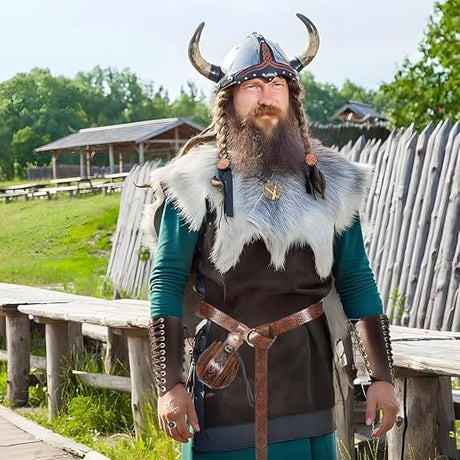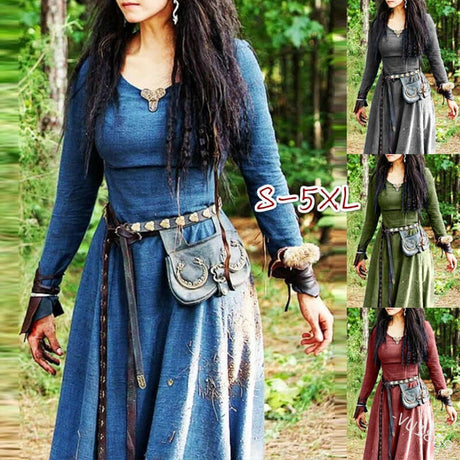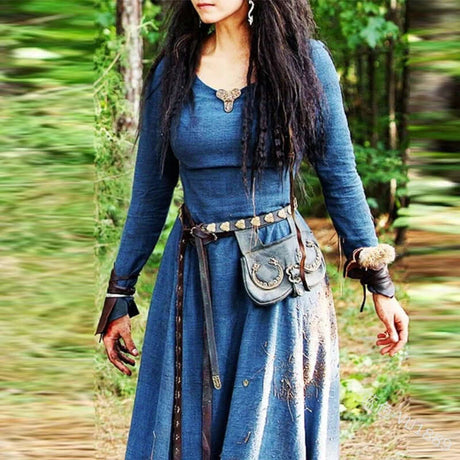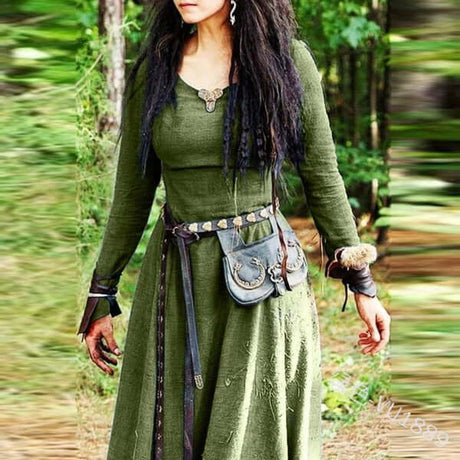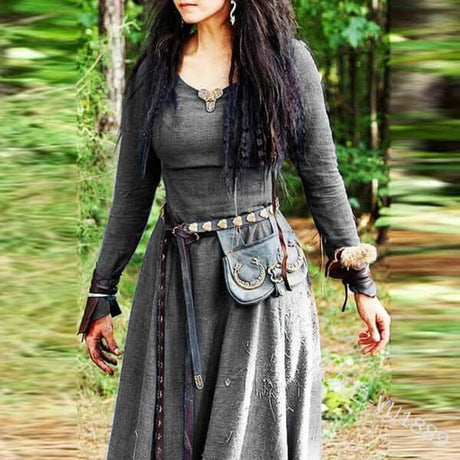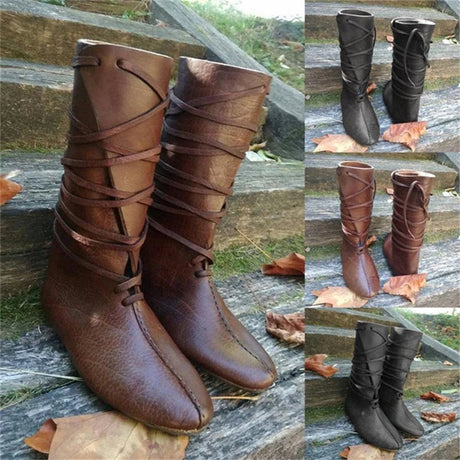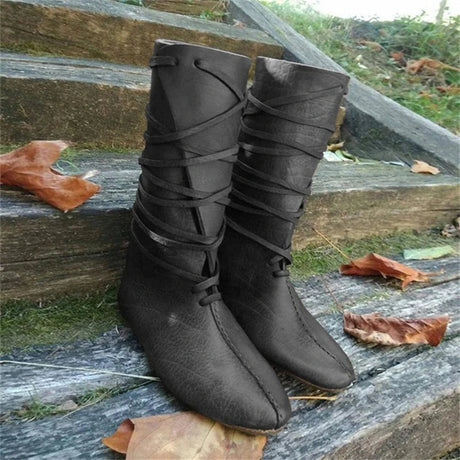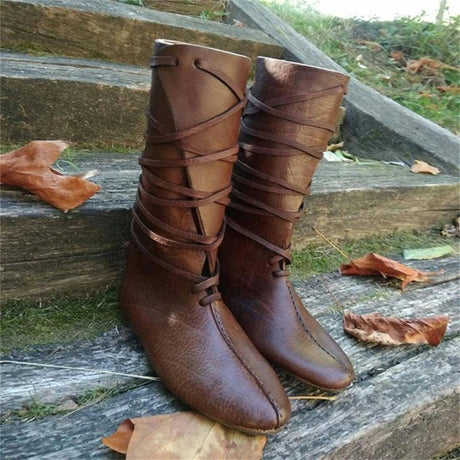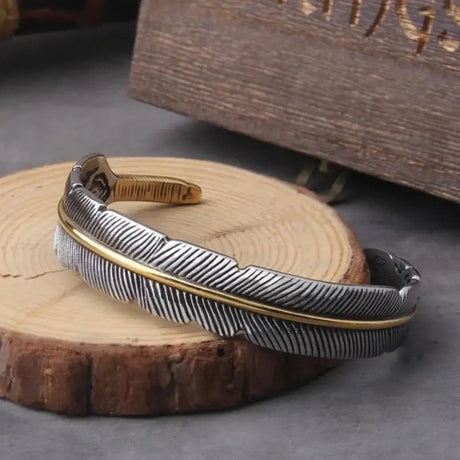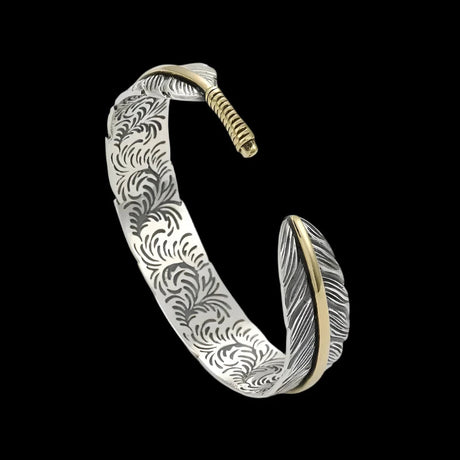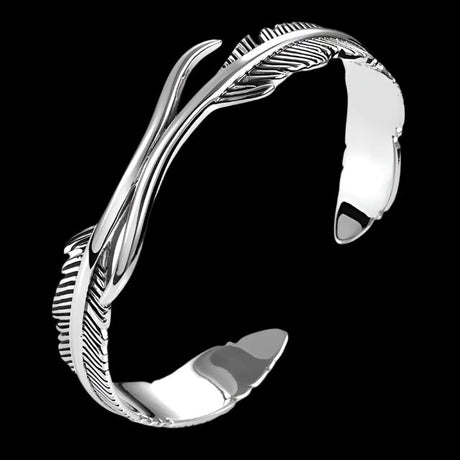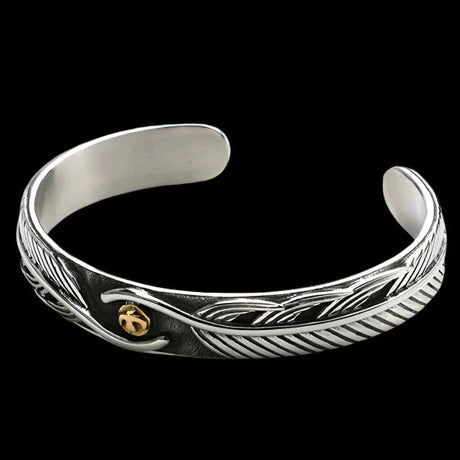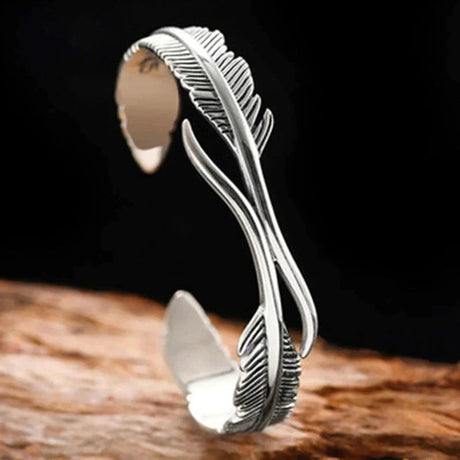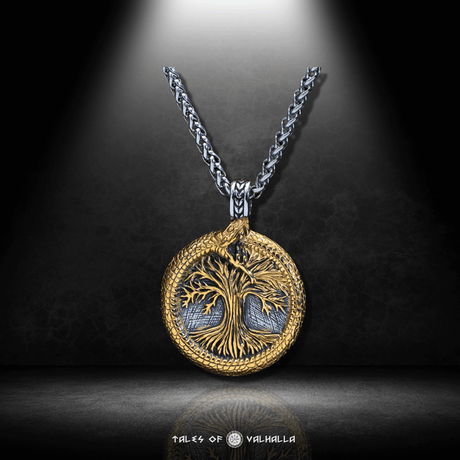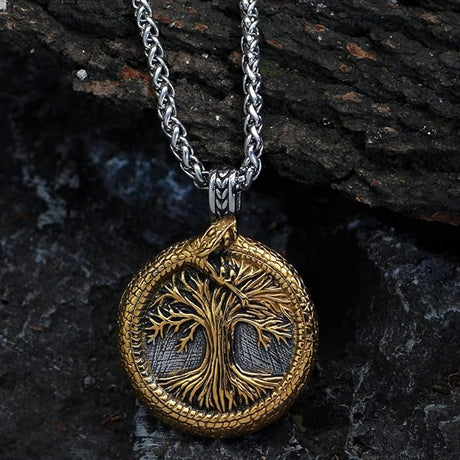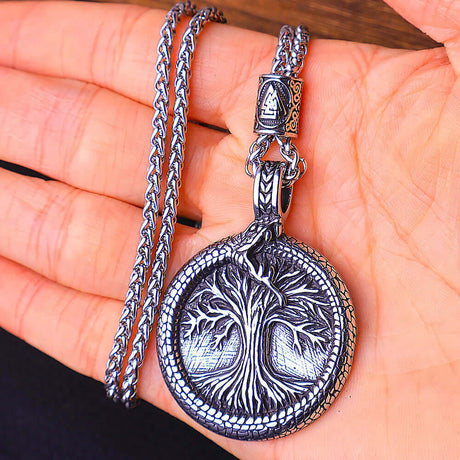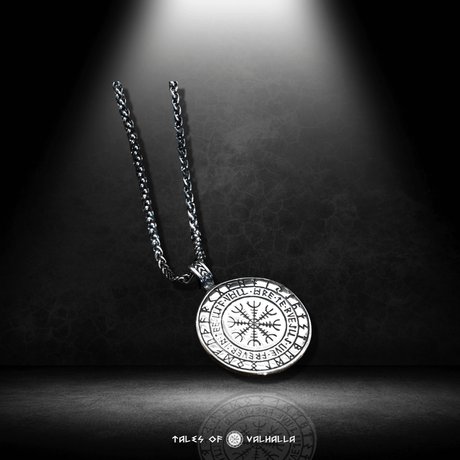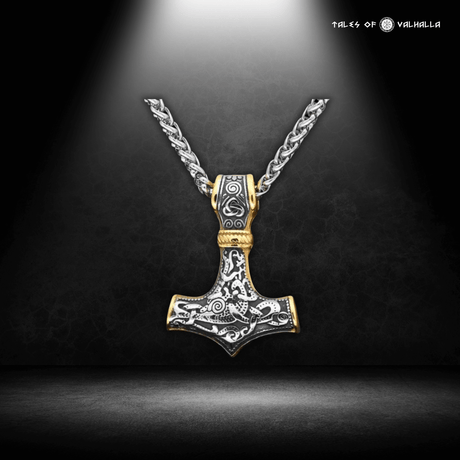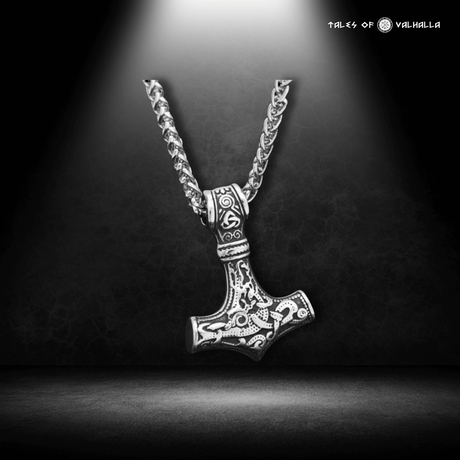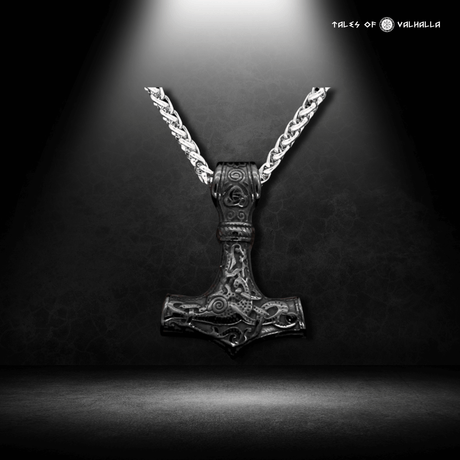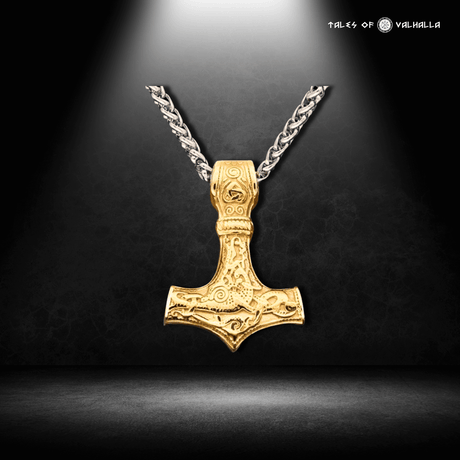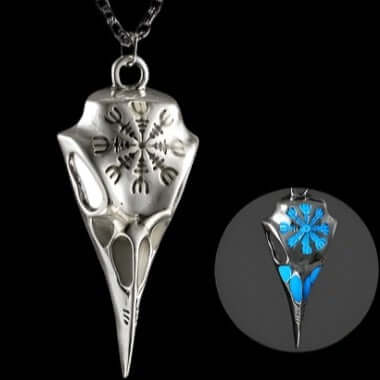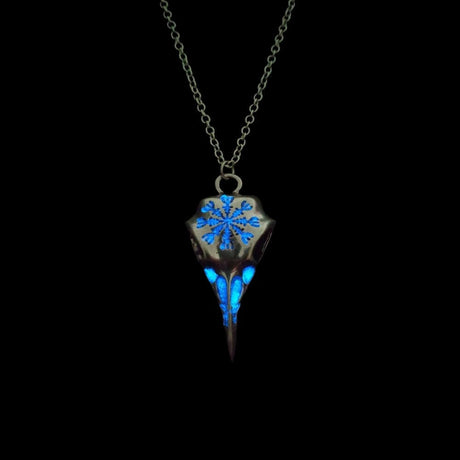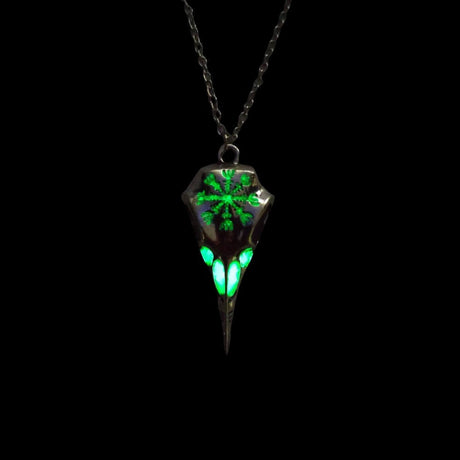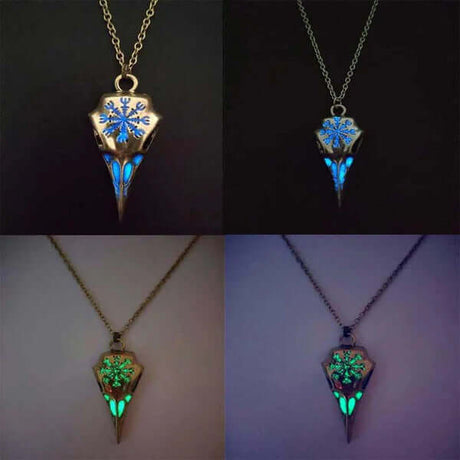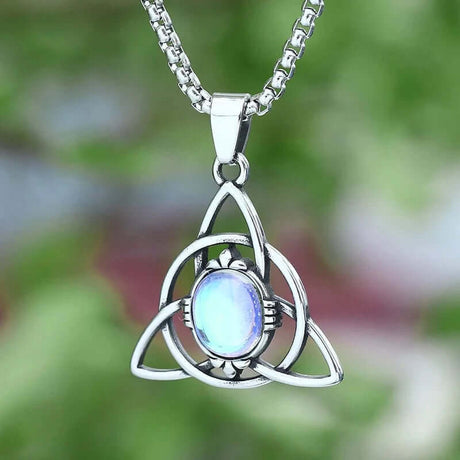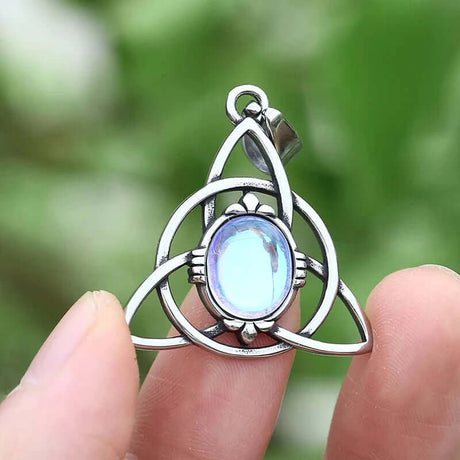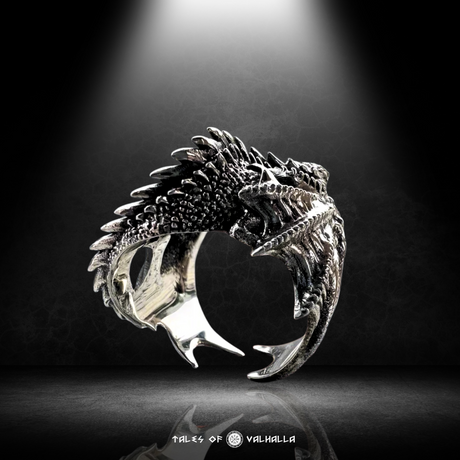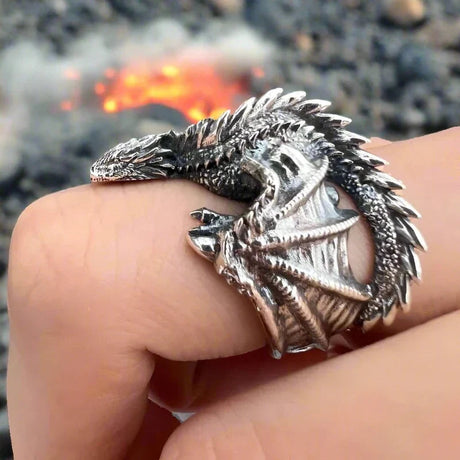The image is iconic: a line of fierce Norse warriors, shoulder-to-shoulder, their brightly painted round shields overlapping to form an impenetrable wall. The viking shield wall, or Skjaldborg, is legendary. But was that the only way Vikings utilized this essential piece of equipment? How did the viking shield really function in the chaos of combat, beyond just forming a defensive barrier?
The truth is, the viking shield was a dynamic and versatile tool, wielded with surprising skill and aggression. It was far more than just a passive defense; it was an active part of a warrior's arsenal, used for parrying, binding, striking, and controlling the flow of battle. Forget the simplistic image of a static shield wall – let's delve into the gritty reality of how Vikings truly employed their shields, exploring the techniques, the construction, and the surprising offensive capabilities of this iconic piece of Norse equipment.
Anatomy of the Viking Shield: Crafted for Combat, Not Just Coverage
To understand how a viking shield was used, we first need to understand how it was built. Its design wasn't accidental; it was honed over centuries for effectiveness in the specific combat styles of the Viking Age.

Viking Shield
The Board: Lightweight Strength
The main body of the viking shield was typically constructed from planks of relatively lightweight wood.
- Materials: Common woods included linden (basswood), fir, spruce, or pine. These woods were chosen because they were lighter than hardwoods like oak, making the shield easier to maneuver, yet still offered reasonable protection against cuts and impacts. Strength came from thickness and construction, not necessarily density.
- Construction: Crucially, these shields were made from multiple planks (usually 7-8) joined edge-to-edge, not a single solid piece or plywood (which didn't exist). This plank construction, while perhaps seeming less robust, actually helped absorb shock and prevented the shield from splitting completely down the middle upon a heavy blow. Damage might be localized to a single plank.
- Diameter and Thickness: The typical viking shield was round and quite large, generally ranging from 28 to 36 inches (70-90 cm) in diameter, offering substantial body coverage from thigh to shoulder. Thickness varied, but archaeological finds suggest an average of around 1/4 to 1/2 inch (6-12 mm), thicker towards the center and potentially tapering towards the edges to reduce weight.
The Boss: Protecting the Hand, Delivering the Punch
Dominating the center of every viking shield was the iron shield boss (skjöldbuli).
- Material: Forged iron, sometimes steel.
- Purpose: Its primary function was to protect the warrior's hand, which gripped a bar directly behind the boss. The dome shape deflected blows away from the hand and wrist, a critical area.
- Construction: The boss was riveted through the wooden planks, often with large, sturdy rivets that also helped hold the planks and the grip together.
- Offensive Potential: The hard, metal boss wasn't just defensive. As we'll explore later, it could be used offensively as a punching weapon.
The Grip: Center Grip for Maneuverability
Unlike later medieval shields often strapped to the forearm, the typical viking shield featured a single central grip – a horizontal bar spanning the diameter behind the boss.
- Why It Matters: This center grip was key to the shield's dynamic use. It allowed the warrior to hold the shield further away from their body, pivot it quickly, angle it to deflect blows, punch with the boss, and use the edge offensively. It provided far greater maneuverability than a strapped shield. Imagine the difference between holding a dinner plate by its edge versus by a handle in the middle – the center grip offers much more control.
The Rim: Edge Protection and Durability
The edge of the wooden shield was its most vulnerable point. Vikings reinforced the rim to increase durability.
- Materials: The most common rim reinforcement was rawhide (untanned animal skin) or thick leather, stitched or sometimes glued around the edge. When wet, the rawhide would shrink and tighten, creating a tough, impact-absorbing edge.
- Metal Rims? While sometimes depicted, evidence for full metal rims on typical viking shields used in battle is scarce. Metal would add significant weight and could potentially make the shield edge more likely to bite into and trap an opponent's weapon rather than deflecting it. Some high-status or ceremonial shields might have had metal edging, but it wasn't the norm for battlefield shields.
Facing and Decoration: Identity and Intimidation
Many viking shields were covered and decorated.
- Leather or Linen Facing: Often, the front (and sometimes back) of the shield was covered with leather or linen, glued to the wood. This provided a smoother surface, potentially added some reinforcement against splitting, and created a better canvas for painting.
- Paint and Design: Shields were frequently painted, often in bright, bold colors like red, white, yellow, and blue. Designs ranged from simple geometric patterns (like quadrants or spirals) to more complex animal motifs or symbols. These designs weren't just decorative; they could signify allegiance, identify friend from foe in the chaos of battle, and serve to intimidate opponents. A wall of brightly painted, fearsome-looking shields would have been a daunting sight.
The Legendary Shield Wall (Skjaldborg): Strength in Unity
The most famous use of the viking shield is undoubtedly the shield wall, or Skjaldborg. This formation was the bedrock of Viking infantry tactics, a testament to their discipline and collective strength.

The Legendary Shield Wall (Skjaldborg)
How it Worked: An Overlapping Barrier
The Skjaldborg involved warriors standing shoulder-to-shoulder, often in multiple ranks, with their round shields overlapping.
- Protection: This created a solid, interlocking barrier that offered excellent protection against enemy infantry charges and, crucially, against volleys of arrows and other projectiles. Each warrior was protected not only by their own shield but also by the shields of their neighbors.
- Discipline: Maintaining the integrity of the shield wall required immense discipline and training. Warriors had to hold their position, trust their comrades, and move as a cohesive unit.
- Against Cavalry: While Vikings less frequently faced heavy cavalry than later medieval armies, a well-formed shield wall could present a formidable obstacle to horsemen.
Offensive Capabilities from Behind the Wall
The shield wall wasn't purely defensive. It provided a stable platform from which to launch attacks.
- Spear Thrusts: The primary offensive weapon used from the shield wall was the spear. Warriors in the front ranks could thrust their spears over or through small gaps in the wall, while those in ranks behind could add their spear points to the deadly hedge.
- Axe Hooks: Warriors armed with bearded viking axes could use the beard to hook the top edge of an enemy's shield, pulling it down to create an opening for a spear thrust or a quick axe blow.
- Controlled Advance: The shield wall could advance slowly and deliberately, pushing back the enemy line through coordinated pressure and controlled aggression.
The Psychological Impact: A Wall of Intimidation
Imagine facing a Viking shield wall – a solid line of brightly painted shields, bristling with spear points, echoing with the rhythmic clang of weapons on wood and the guttural war cries of the Norsemen.
-
Fear Factor: The sheer visual and auditory impact of the Skjaldborg could be incredibly demoralizing for opponents. It presented an image of unbreakable unity and fierce determination.
-
Breaking Morale: Successfully breaking a well-formed shield wall required significant effort and often resulted in heavy casualties. The psychological pressure it exerted could break an enemy's will before the main clash even occurred.
-
Story Vignette 1: Standing Firm in the Skjaldborg:
- Leif gripped the wooden bar behind his viking shield boss, his knuckles white. Rain slicked the painted surface, depicting the snarling wolf of his clan. To his left stood Bjorn, his shield overlapping Leif's by a handspan. To his right, Gunnar did the same. Ahead, the Saxon fyrd advanced, a wave of spear points glinting dully in the grey light. Arrows began to thud against the wall of shields, some skittering off, others embedding themselves in the wood. Leif felt the impact vibrate through his arm but held firm. The shouts of his Jarl, the rhythmic stamping of feet, the combined strength of the men beside him – this was the Skjaldborg. He felt Bjorn shift beside him, heard the grunt as an arrow glanced off his neighbor's boss. Leif raised his own spear, peering over the rim of his viking shield, waiting for the moment the lines would crash together. Fear was a cold knot in his gut, but the solid wall around him, the shared purpose, held it at bay. They were one body, one purpose, behind the painted wood and iron.
Beyond the Wall: The Viking Shield in Individual Combat
While the shield wall was crucial for large battles, much Viking combat likely occurred in smaller skirmishes, raids, or duels where individual skill with the viking shield was paramount. Thanks to its center grip, the shield was far from a passive piece of wood.

The Viking Shield in Individual Combat
Active Defense: Parrying, Deflecting, Absorbing
The center grip allowed for dynamic defensive movements.
- Parrying: A warrior could quickly rotate the shield to meet an incoming blow, using the flat face or the reinforced rim to parry a sword cut or axe swing.
- Deflecting: Instead of just blocking, the warrior could angle the viking shield to deflect the force of a blow away from their body, minimizing impact and potentially unbalancing the attacker. The round shape aided in this deflection.
- Using the Boss: The iron boss was excellent for catching and deflecting direct thrusts or heavy blows aimed at the center. A solid clang against the boss was often preferable to a direct hit on the wooden board.
- Absorbing Impact: While not indestructible, the combination of wood planks and leather/rawhide covering helped absorb the shock of impacts, reducing the force transferred to the warrior's arm.
Maneuverability: The Advantage of the Center Grip
The center grip provided superior maneuverability compared to shields strapped to the forearm.
- Quick Pivots: A warrior could rapidly pivot the viking shield to cover different angles of attack.
- Holding at Extension: The shield could be held further away from the body, creating distance and allowing for better reaction time.
- Peeking: A warrior could quickly peek over or around the edge of the shield to assess their opponent's movements without fully exposing themselves.
Binding and Trapping: Controlling the Opponent's Weapon
The edge of the viking shield could be used proactively to control the engagement.
- Binding: A skilled warrior could use the edge of their shield to "bind" or trap an opponent's weapon, momentarily immobilizing it and creating an opening for a counter-attack.
- Pressing and Controlling: The shield could be used to press against an opponent's weapon or shield, controlling their movement and limiting their offensive options.
Offensive Shield Use: The Shield as a Weapon
The viking shield wasn't just for stopping blows; it could deliver them too.
- The Shield Bash: The most obvious offensive use was the shield bash. A warrior could punch forward with the iron boss, delivering a stunning blow to an opponent's face, chest, or shield. This could stagger an enemy, break their guard, or create an opening for a weapon strike.
- Edge Strikes: The reinforced rim of the shield, particularly if bound in thick rawhide, could be used to strike an opponent, potentially causing cuts or blunt force trauma, especially if aimed at the face or hands.
- Pushing and Shoving: In close quarters, the shield could be used to push and shove opponents off balance, creating space or disrupting their footing.
- Story Vignette 2: A Duel Won with Shield and Axe:
-
- Ragnar faced his challenger, a burly Saxon huscarl, across the muddy clearing. The Saxon lunged, his long sword flashing towards Ragnar's head. Ragnar didn't just block; he met the blow with the iron boss of his viking shield, the impact ringing sharply. With the same motion, he rotated the shield, using the edge to bind the Saxon's sword arm momentarily. Seeing his opening, Ragnar drove the boss forward again, a brutal punch into the Saxon's face, staggering him backward. Before the huscarl could recover, Ragnar's bearded axe swept down, ending the duel. The viking shield hadn't just saved his life; it had created the opportunity for victory. It was as much a weapon as his axe.
Facing the Barrage: The Viking Shield Against Projectiles
In an age where bows and arrows, javelins, and throwing axes were common battlefield weapons, the viking shield was the primary defense against missile attacks.

The Viking Shield Against Projectiles
- Coverage: Its large diameter offered significant protection for the warrior's torso and upper legs.
- Deflection: The round shape and often slightly convex face helped deflect projectiles that didn't hit dead center.
- The Boss's Role: The iron boss provided crucial protection against projectiles aimed at the center mass.
- Limitations: While effective against scattered arrows or javelins, a concentrated volley from trained archers could overwhelm a shield wall or pierce individual shields. Heavy projectiles, like those from crossbows (though less common in the early Viking Age), could also penetrate the wood. Shields were effective, but not invincible.
More Than Just Battle: Non-Combat Uses of the Viking Shield
The versatility of the viking shield extended beyond the battlefield.
- Onboard Ships: Shields were famously hung along the gunwales (sides) of Viking longships. This likely served multiple purposes: displaying the crew's identity and status, offering some protection against waves and missiles during coastal raids, and providing easy access to the shields when landing.
- Makeshift Tools: In a pinch, a shield could potentially be used as a makeshift stretcher to carry the wounded, or even (less likely, but possible) as a crude sled in snowy conditions.
- Symbolism and Display: A warrior's shield, often personalized with paint, was a symbol of their identity and status. It might be hung on the wall of their home or hall when not in use.
- Training: Shields were essential tools for training warriors in weapon use and formation fighting. Sparring with shields and practice weapons was crucial for developing combat skills.
Construction vs. Effectiveness: Debunking the "Flimsy Shield" Myth
Some modern depictions portray viking shields as flimsy and easily broken. While they weren't indestructible tanks, they were remarkably effective for their intended purpose.
- The Weight vs. Protection Trade-off: Viking shield construction represented a balance. A heavier shield made of thick hardwood would offer more protection but would be far too cumbersome for the dynamic, center-grip fighting style favored by Vikings. The use of lighter wood allowed for maneuverability.
- Absorbing Impact: The plank construction meant that impact force wasn't transferred across a single solid piece. Damage could be localized, and the shield could potentially withstand multiple blows before becoming unusable. The leather or rawhide rim also helped absorb shock and prevent the wood from splitting easily.
- Disposable Defense? Shields were damaged and likely discarded or repaired after battles. They were seen as consumable items, meant to absorb damage that would otherwise hit the warrior. Finding damaged shields in archaeological contexts doesn't mean they were ineffective, but rather that they served their purpose. They were designed to take the hit.
Archaeological Evidence and Modern Understanding
Our knowledge of viking shields comes from various sources:
- Key Finds: The best-preserved examples come from ship burials like the Gokstad ship in Norway, where dozens of shields were found largely intact, providing invaluable information on size, construction, and materials. Other fragments and numerous shield bosses have been found across the Viking world.
- Experimental Archaeology: Modern craftsmen and historians recreate viking shields using historically accurate materials and techniques. They then test these shields against various weapons (blunt reenactment versions, of course!) to understand their durability, effectiveness, and how they might have been used in combat. This hands-on research provides practical insights that complement archaeological finds.
Table: Typical Viking Shield Specifications (Based on Gokstad Finds)
This table provides a general overview based on well-preserved finds, illustrating the typical characteristics of a viking shield.
Conclusion
The viking shield was far more than a simple piece of defensive equipment. It was a carefully crafted tool, integral to Viking warfare and daily life. Its design, particularly the center grip, allowed for a dynamic and aggressive style of use that went far beyond passively blocking blows. From forming the unbreakable Skjaldborg to being wielded offensively in individual combat, the viking shield was a versatile and indispensable companion to the Norse warrior.
Understanding how Vikings really used their shields provides a deeper appreciation for their tactical skill, their craftsmanship, and the brutal realities of combat in the Viking Age. It challenges simplistic stereotypes and reveals a piece of equipment that was as adaptable and resilient as the people who wielded it. The viking shield wasn't just a wall; it was an active participant in the deadly dance of battle.
6 FAQs
-
What were Viking shields typically made of?
A typical Viking shield was constructed from planks of lightweight wood (like linden, fir, or pine), not a single solid piece. It featured a central iron boss to protect the hand, a single horizontal grip behind the boss, and often had its rim reinforced with rawhide or leather. Many were also covered with leather or linen and painted.
-
What was the "shield wall" (Skjaldborg) and how did it work?
The Skjaldborg was a key Viking tactic where warriors stood shoulder-to-shoulder, overlapping their round Viking shields to create a tight, protective barrier. It defended against charges and projectiles, and also served as a base for offensive spear thrusts from the front ranks.
-
Did Vikings only use shields for defense, or could they be used offensively?
Vikings used their shields actively and offensively. The center grip allowed for quick movements to parry and deflect blows. Warriors could also use the shield to "bash" opponents with the iron boss or the reinforced edge, bind enemy weapons, or push opponents off balance. The Viking shield was definitely not just a passive barrier.
-
How effective was a Viking shield against arrows and other projectiles?
The large size offered significant body protection. The round shape and central boss helped deflect arrows and javelins that didn't hit perfectly straight-on. However, a Viking shield wasn't impenetrable and could be pierced by heavy projectiles or overwhelmed by concentrated volleys.
-
Weren't Viking shields flimsy and easily broken?
This is a common misconception. While not indestructible (they were meant to absorb damage), Viking shields were cleverly constructed. The plank design and reinforced rim helped absorb shock and prevent complete splitting. Their relatively light weight was a deliberate trade-off for the maneuverability needed for the Viking fighting style. They were effective for their intended purpose.
-
Why did Viking shields have a center grip instead of being strapped to the arm?
The center grip was crucial for the dynamic way Vikings used their shields. It allowed for much greater maneuverability, quicker pivoting and angling to deflect blows, the ability to hold the shield further from the body for better reaction time, and facilitated offensive uses like shield bashing. A strapped shield offers less control and agility.









































